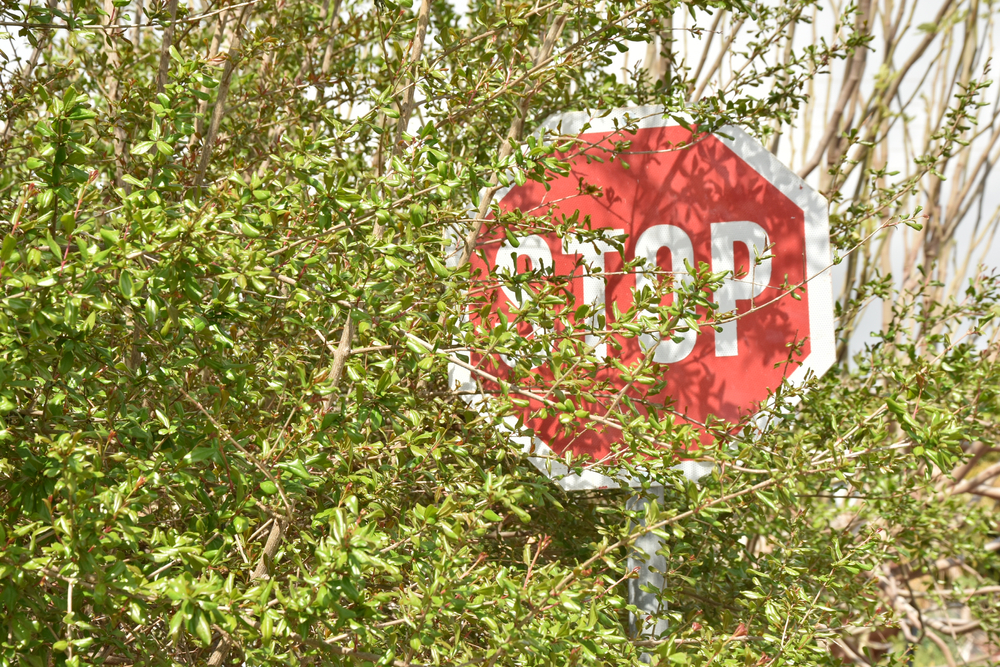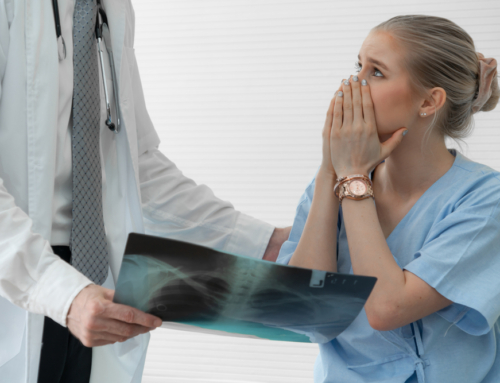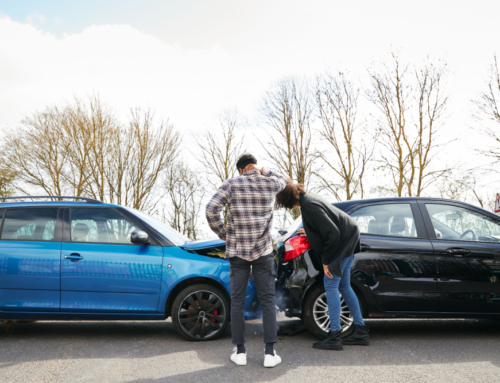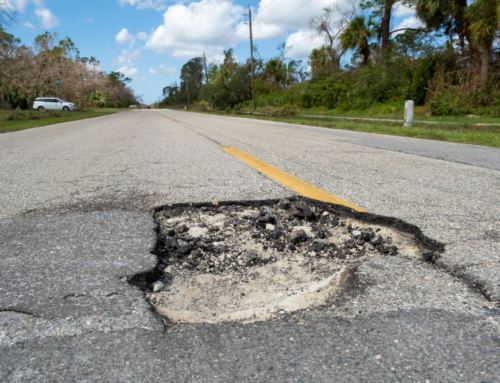A line-of-sight accident occurs when an obstruction blocks a driver’s view, making it difficult to see or be seen by other road users. They may not see who or what is in front of them, increasing the risk of an accident occurring.
Whether you are a cyclist, motorist, or pedestrian in a line-of-sight accident, you may rightfully claim compensation for injuries or damages.
However, these cases can sometimes be complicated since the blame may involve multiple parties. Fortunately, a professional car accident attorney can review your case and determine if you are eligible to recover damages or not.
Are Line-of-Sight Accidents Dangerous?
Line-of-sight accidents are extremely dangerous. As already mentioned, a line-of-sight accident happens when a structure or object partially or fully blocks one or more motorists’ view. When their view is impaired, it becomes difficult to see other road users or be seen by others.
Low-hanging branches, tall bushes, trees, and hedges may block and make it impossible for a driver to see a stop sign. Overgrown trees can cause an obstruction when pulling out into an intersection or making a turn onto a busy street. Construction signs and materials are other obstacles that can prevent a motorist from seeing other road users, subsequently hitting a cyclist, pedestrian, or another vehicle.
The above mentioned are not the only obstacles that can cause line-of-sight accidents. Double-parked vehicles are other culprits that can obstruct a motorist’s view, especially when pulling out onto oncoming traffic. Driving next to large vehicles and trucks can also impair visibility and increase the risk of a line-of-sight accident.
Motorists must use caution if they cannot see the road clearly to prevent accidents that might harm other road users. You may be liable if you do not follow precautionary measures in case of an obstruction.
Liability in a Line-of-Sight Accident
Line-of-sight accidents are somewhat complicated since the blame may fall on multiple motorists or parties. Potentially liable parties include:
- The other driver – Drivers must always observe safe driving habits under all circumstances. Even if the other driver didn’t have a perfect line of sight, it does not absolve them from blame in case of an accident. Nevertheless, you can only hold the other driver partially liable if their view was blocked.
- Property owner – A property owner can be liable if they have overgrown trees, bushes, and hedges blocking the view of motorists. The law requires property owners to maintain the safety of their premises by trimming trees and bushes that could obstruct road users. Fences, poles, and posts must not create obstacles for drivers and other road users.
- City, county, or government entity – The city or county is responsible for maintaining road signage and other public resources. If any of these items obstruct road users and cause an accident, the city, county, or government entity is liable for damages. Filing a claim for compensation against a government entity has a deadline, and an experienced car accident attorney can help you pursue the case.
What is Comparative Negligence in Florida?
Florida adheres to the comparative negligence rule, which determines accident victims’ maximum compensation amount they may receive. So, if you are partially liable in a line of sight accident, you may still be eligible for some damages no matter the percentage of liability.
The parties involved will receive their rightful compensation based on their degree of negligence in the accident. For example, if the compensation amount awarded is $200,000 and your degree of fault is 40 percent, the court will reduce the amount by $80,000, and you will receive $120,000 in damages.
An experienced car accident attorney can help you understand more about comparative negligence and how it may affect your recovery amount. The lawyer may also review your case to determine if you can get more compensation by arguing your degree of fault.
Compensation for Line of Sight Accident Victims
Victims of line-of-sight accidents may file for payment for past and future damages. The types of compensation available include:
- Medical expenses
- Pain and suffering
- Lost earning capacity
- Lost wages
- Funeral and burial costs
As you know by now, pursuing these cases can be complicated, given their nature. However, an experienced attorney can help by reviewing your specific circumstance. The lawyer will then offer advice on the type of compensation to follow up.
Florida has set time limits for victims to take legal action. If the deadline elapses, you cannot file for compensation. Car accidents have a time limit of four years to file a lawsuit. If you lost a loved one in a line-of-sight accident, you have two years from the date of death to take legal action.
Seeking Legal Assistance
Accidents can happen anytime and without notice, no matter your driving skills. However, this should not be an excuse not to take legal action in case of a line-of-sight accident. Talk to an experienced car accident attorney to determine if you are eligible for damages.








